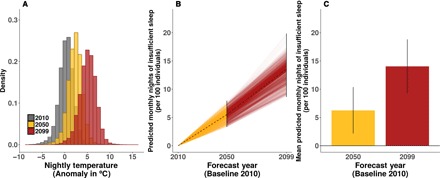Fig. 3. Climate change may amplify human sleep loss.

(A) Distributions of nighttime temperature anomalies calculated from 21 downscaled climate models for the cities in our sample in 2010, 2050, and 2099. Nighttime temperature anomalies from the 1981–2010 city nighttime temperature normals increase in both magnitude and variation by 2050 and 2099 as compared to 2010. (B) City-level forecasts for the impact of climate change on monthly nights of insufficient sleep per 100 individuals. To incorporate downscaled climate model uncertainty, we calculate an estimated change for an ensemble of 21 climatic models for 219 cities, producing nearly 4600 estimates for both 2050 and 2099. The change between 2010 and 2050 is represented by golden lines, whereas the predicted change between 2050 and 2099 is represented by red lines. The black dashed lines plot the median predicted change between each period. (C) Mean predicted change in sleep for each period across all climate models (rescaled to an effect per 100 individuals). Error bars are SEM and incorporate downscaled climate model uncertainty.
